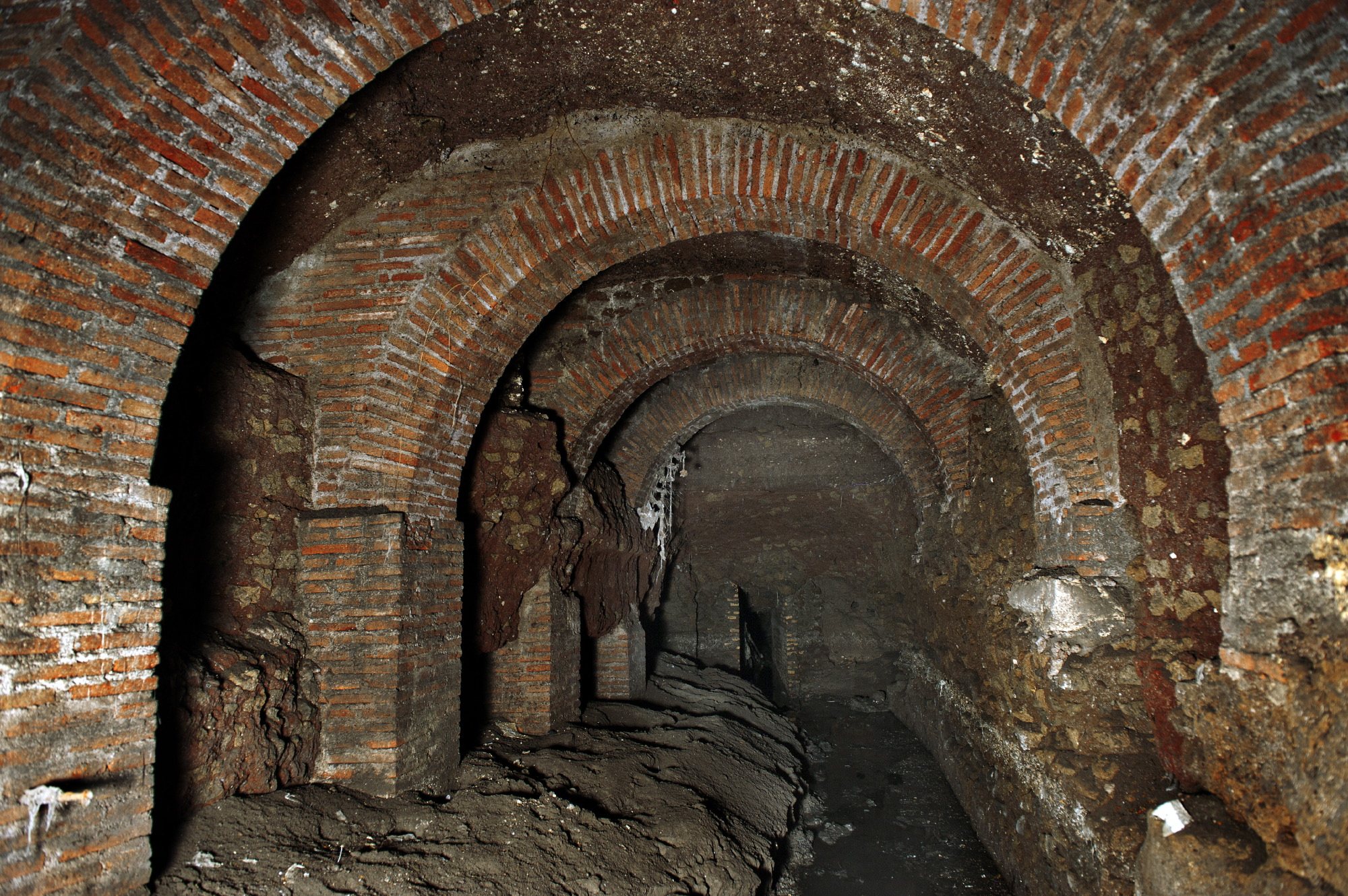
La cloaca máxima de Roma
Believed to be drained around 600 BCE by Tarquinius Priscus, the draining of the area between the Palatine, Capitoline, Esquiline & the Viminal Hills led to the establishment of the Forum Romanum and helped to promote the growth of the city of Rome itself. One of the original public works projects of western civilization. Remove Ads Advertisement
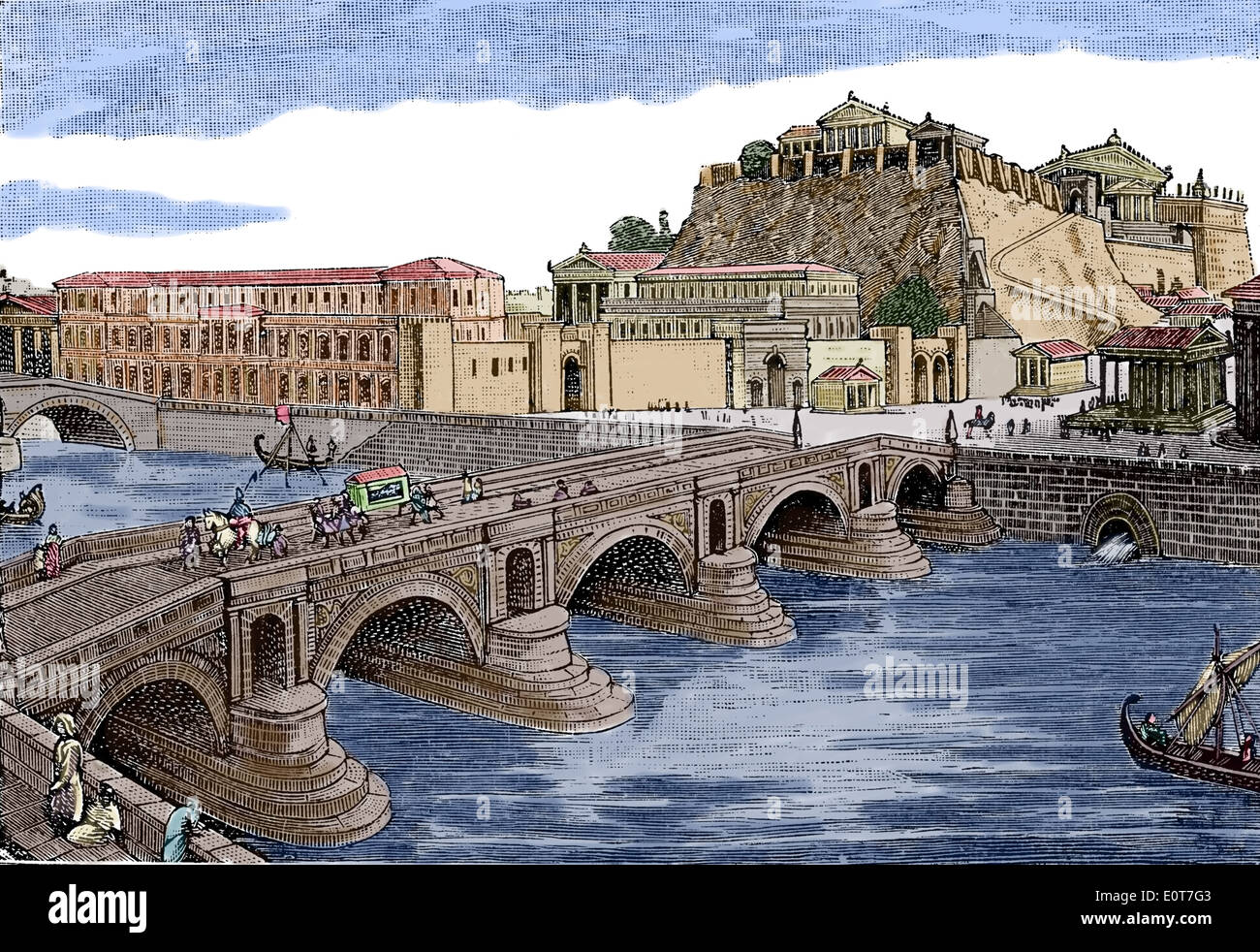
Italien. Rom. Capitoline und Cloaca Maxima. Das Kapitol ist ein Roman Hill zwischen dem Forum
Cloaca Maxima ("largest sewer") was one of the largest Roman structures ever built. The ancient Romans completed the construction of the sewer that passed through Forum Romanum, in the 6th century BCE. According to Roman sources, the ordering party was king Tarquinius Priscus himself.

Cloaca Máxima Ingeniería Romana Pinterest Archaeology and History
3 Purification in ancient Rome; 4 Pollution, propriety and urbanism in Republican Rome; 5 The 'sacred sewer': tradition and religion in the Cloaca Maxima; 6 Crime and punishment on the Capitoline Hill; 7 On the burial of unchaste Vestal Virgins; Part II Modernity; Bibliography; Index

Bild zu Cloaca Maxima Römisches Abwassersystem Bild 1 von 1 FAZ
Cloaca Maxima Start with our video overview: Key information: This is Rome's great sewer. Beginning in the area of the Subura. It ran down the Argiletum street, into the forum, and continued to the Velabrum, past the Forum Boarium, and into the Tiber River.
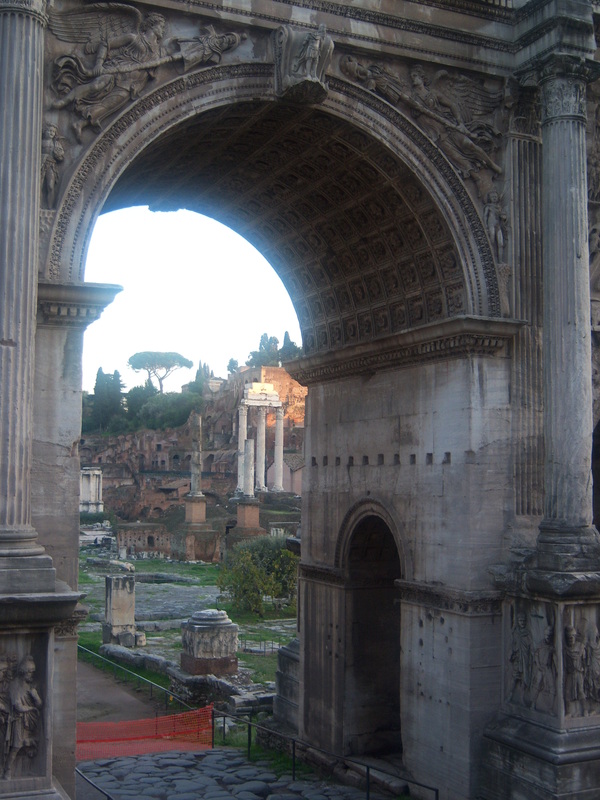
Function and Significance Cloaca Maxima
The Cloaca Maxima, or the Great Sewer in Latin, is a testament to the ingenious engineering capabilities of the ancient Romans. Dating back to the 6th century BC, this vast sewer system was a marvel of its time, demonstrating the Romans' advanced understanding of infrastructure and public hygiene.

Function and Significance Cloaca Maxima
Cloaca Maxima, ancient Roman sewer, one of the oldest monuments in the Roman Forum. Originally an open channel constructed in the 6th century bc by lining an existing stream bed with stone, it was enclosed, beginning in the 3rd century bc, with a stone barrel (semicircular) vault.

A very Romanlooking drain in ancient Rome. The Cloaca Maxima in the Roman Forum In Ancient
The Cloaca Maxima in Rome was not part of a master plan to sanitize the city. Its purpose was removing water that pooled on the city's uneven streets and draining water from low-lying areas.
The Cloaca Maxima was one of the world's earliest sewage systems. Built around 600 BCE, it was
Description The largest of the still-functioning Roman drains, the Cloaca Maxima was the source of a water-drainage channel that ran from the Roman Forum towards the "vicus Tuscus" The drain emptied into the Tiber at Ponte Emilio, along a tortuous route through the Velabro, the Foro Boario, and a wide curve.
Cloaca Maxima one of the world's earliest sewage systems, constructed c. 600 BC in Rome
Cloada Maxima. The largest of the still-functioning Roman drains, the Cloaca Maxima was the source of a water-drainage channel that ran from the Roman Forum towards the "vicus Tuscus" The drain emptied into the Tiber at Ponte Emilio, along a tortuous route through the Velabro, the Foro Boario, and a wide curve.

Site of the Cloaca Maxima (Illustration) Ancient History Encyclopedia
The Cloaca Maxima [n 1] ( Latin: Cloāca Maxima, lit. Greatest Sewer) was one of the world's earliest sewage systems. Its name is related to that of Cloacina, a Roman goddess. [1] Built during either the Roman Kingdom or early Roman Republic, it was constructed in Ancient Rome in order to drain local marshes and remove waste from the city.
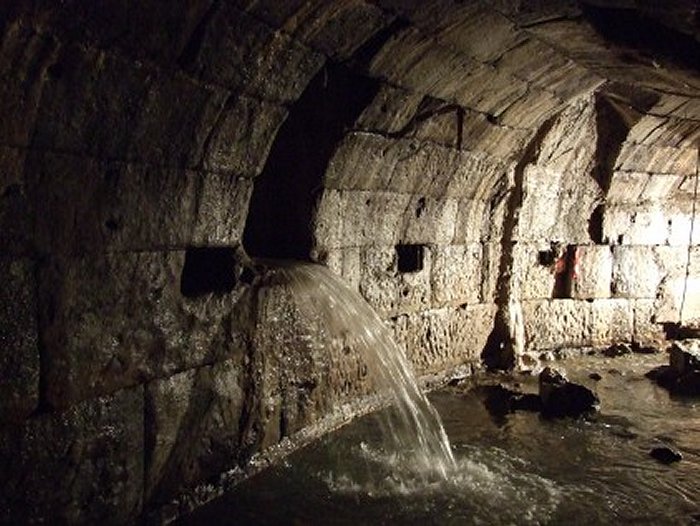
Venus Cloacina Roman Goddess Of Sewers And Drains Ancient Pages
Rome's Cloaca Maxima, or Great Sewer, probably began its long and illustrious life as an open canal carrying water through the Roman Forum to the Tiber. According to Livy , it was built by command of Tarquinius Priscus, the fifth king of Rome, to drain the marshy and flood-prone valley between the Capitoline, Esquiline and Palatine hills which would become the Roman Forum, originally 20 feet.

Cloaca Maxima Rome Ancient rome, Rome, Ancient
The Cloaca Maxima was the great sewer of ancient Rome, built by the third-to-the-last king of Rome, Tarquinius Priscus, around 600 BC. It was built to drain the swampy land of the Roman Forum.Originally several streams met not far from the east end of the forum and flowed down the valley to empty into the Tiber River.The construction of the Cloaca Maxima (literally, 'Greatest Sewer') took the.

Italy, Rome, Cloaca Maxima Stock Photo Alamy
. Constructed in Rome over two thousand years ago, the Cloaca Maxima (literally "greatest drain") is one of the oldest large infrastructural projects in the Eternal City, predating its famed aqueducts and paved roads. Built from massive blocks of volcanic rock and limestone, the monumental vaulted tunnel is large enough for a person to stand in.
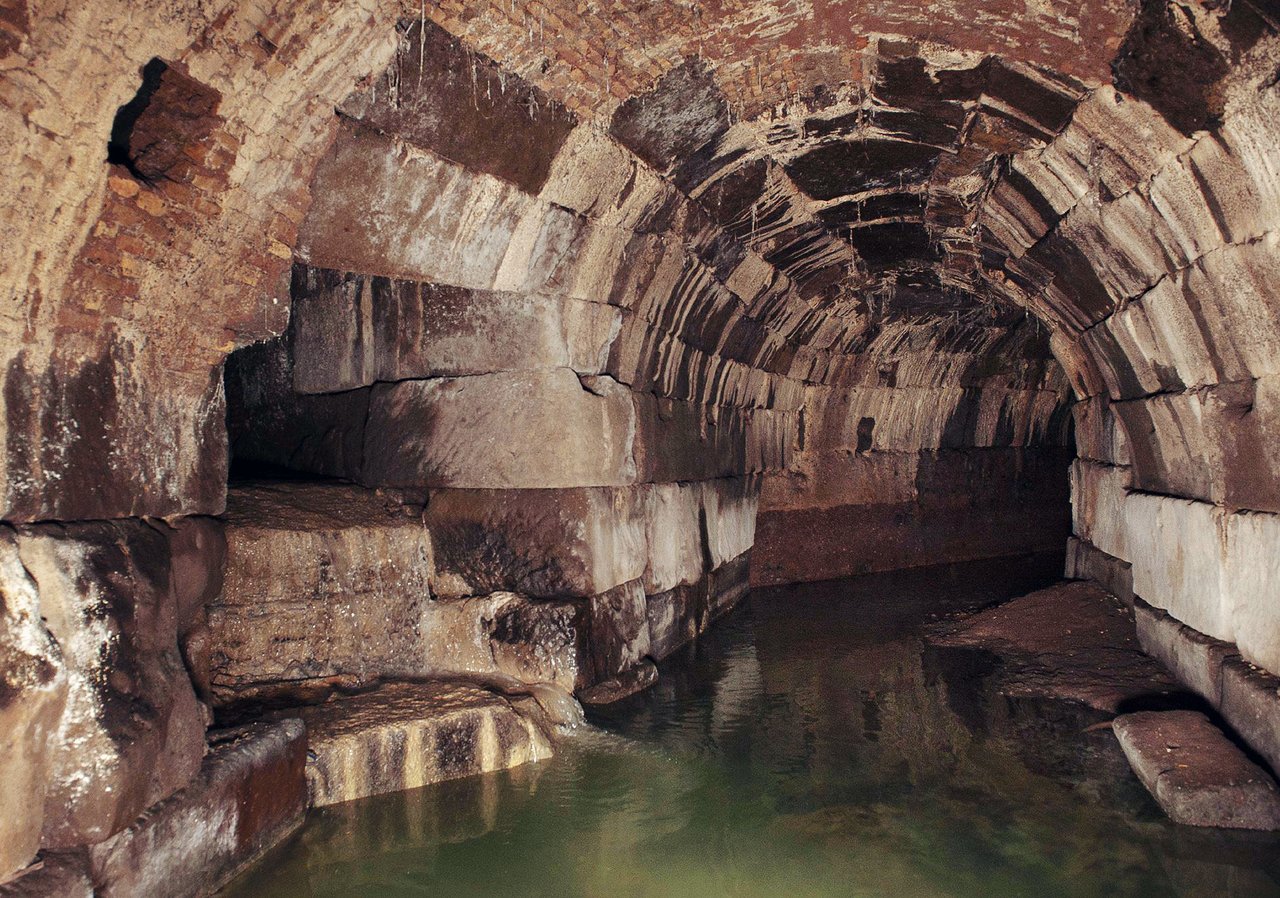
Cloaca Maxima, sistemul de canalizare al Romei antice istoria celui mai bătrân edificiu de
Cloaca Maxima 7 reviews #1,198 of 2,394 things to do in Rome Historic Sites Write a review What people are saying By Peter H " Advanced Roman engineering " May 2019 The attached photo shows a sewage line going to a larger line encircling The Roman Coliseum and dumping into The Cloaca Maxima.

Cloaca Maxima Wikiantiga
An 1814 painting of the Cloaca Maxima by artist Christoffer Wilhelm Eckersberg Public domain via Wikimedia Commons.. The Cloaca Massima solved Rome's sewage removal problems, but it didn't.
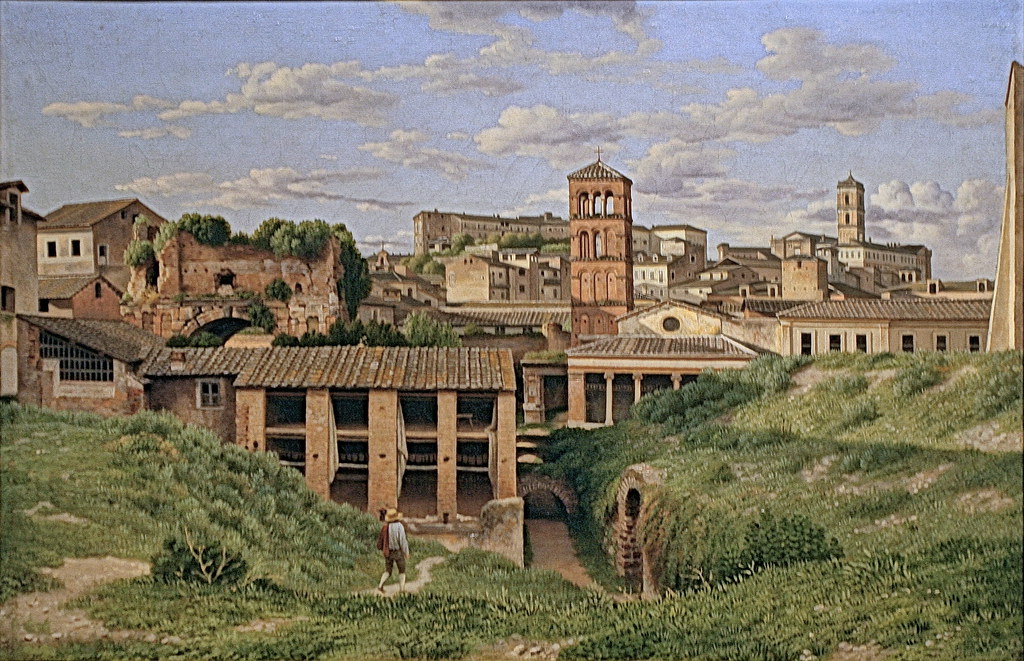
View of the Cloaca Maxima, Rome by Christoffer Wilhelm Eck… Flickr
Cloaca Maxima: the "great sewer" in Rome. Outfall The Cloaca Maxima ("greatest sewer") is one of the oldest monuments of Rome. It was built as a canal through the Forum Romanum in the sixth century BCE and its construction is generally attributed to king Tarquinius Priscus.